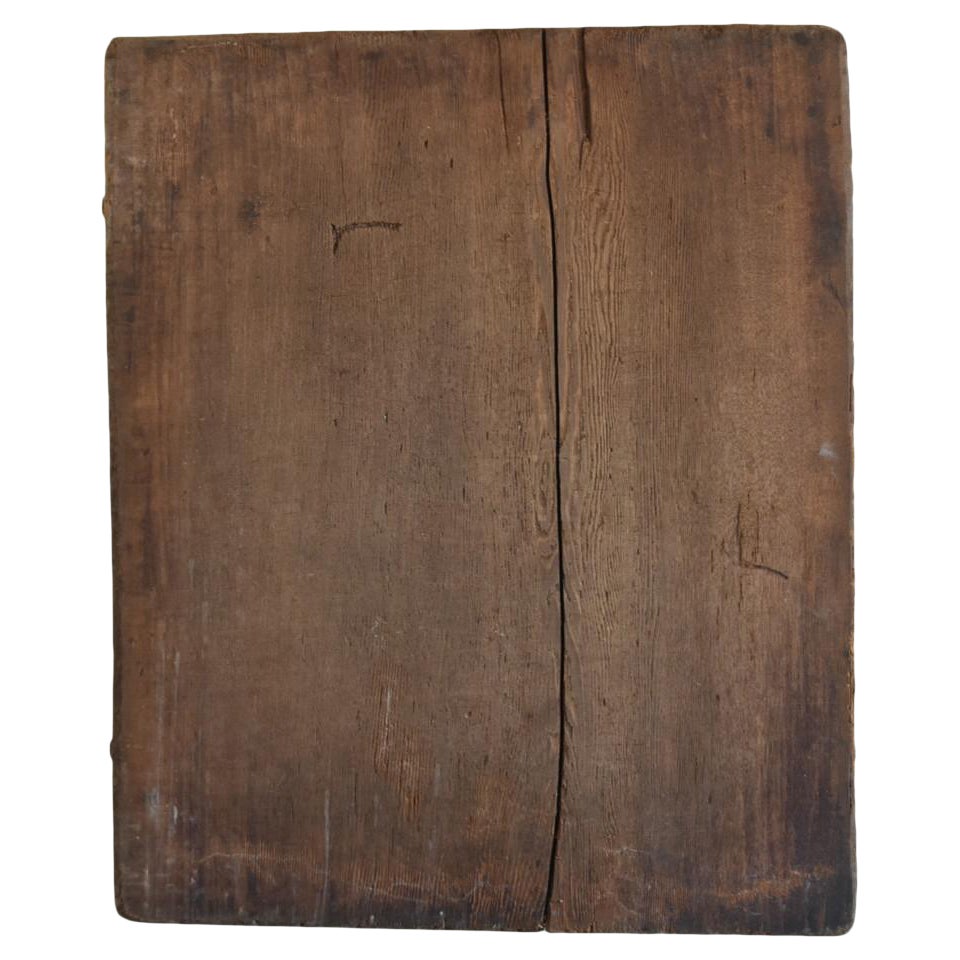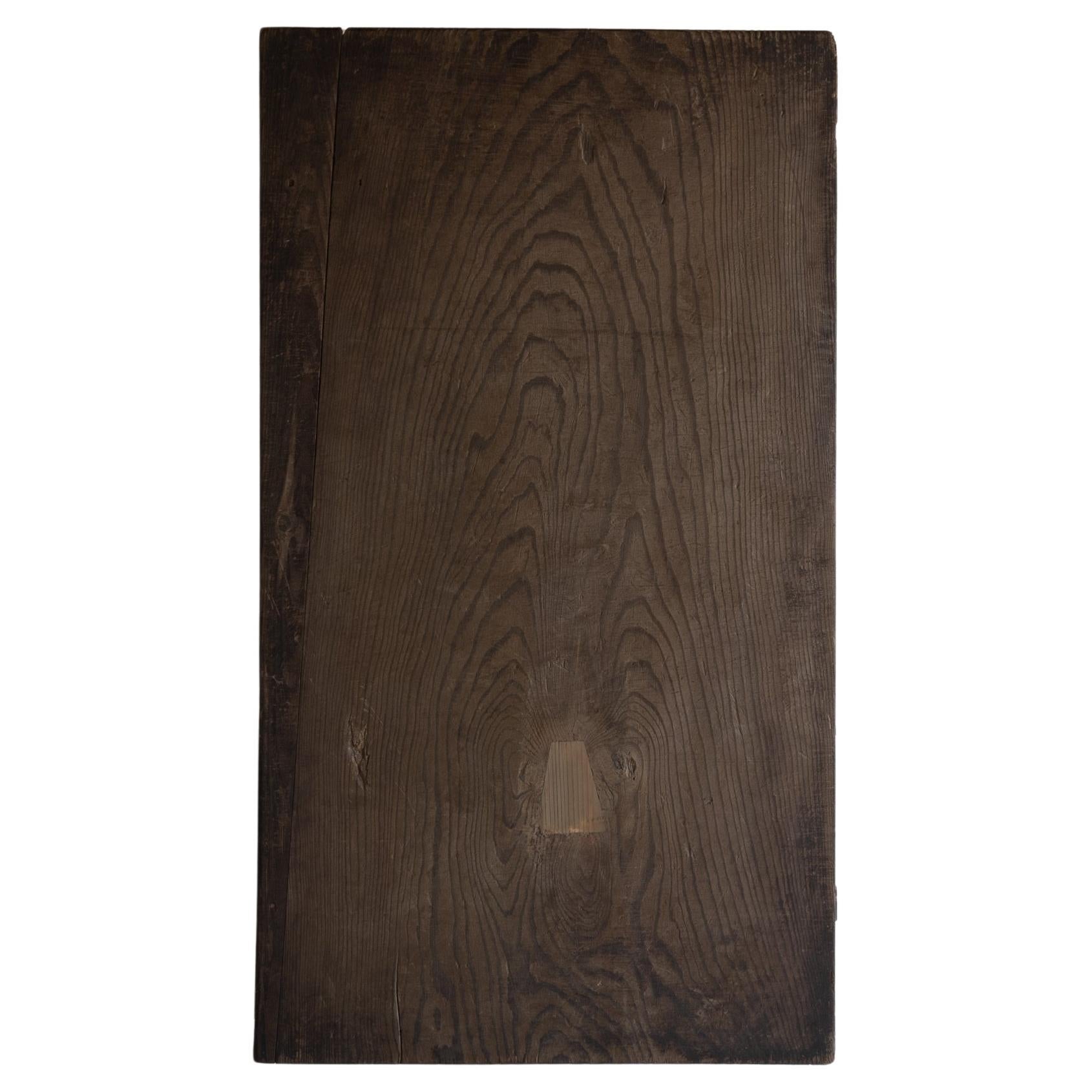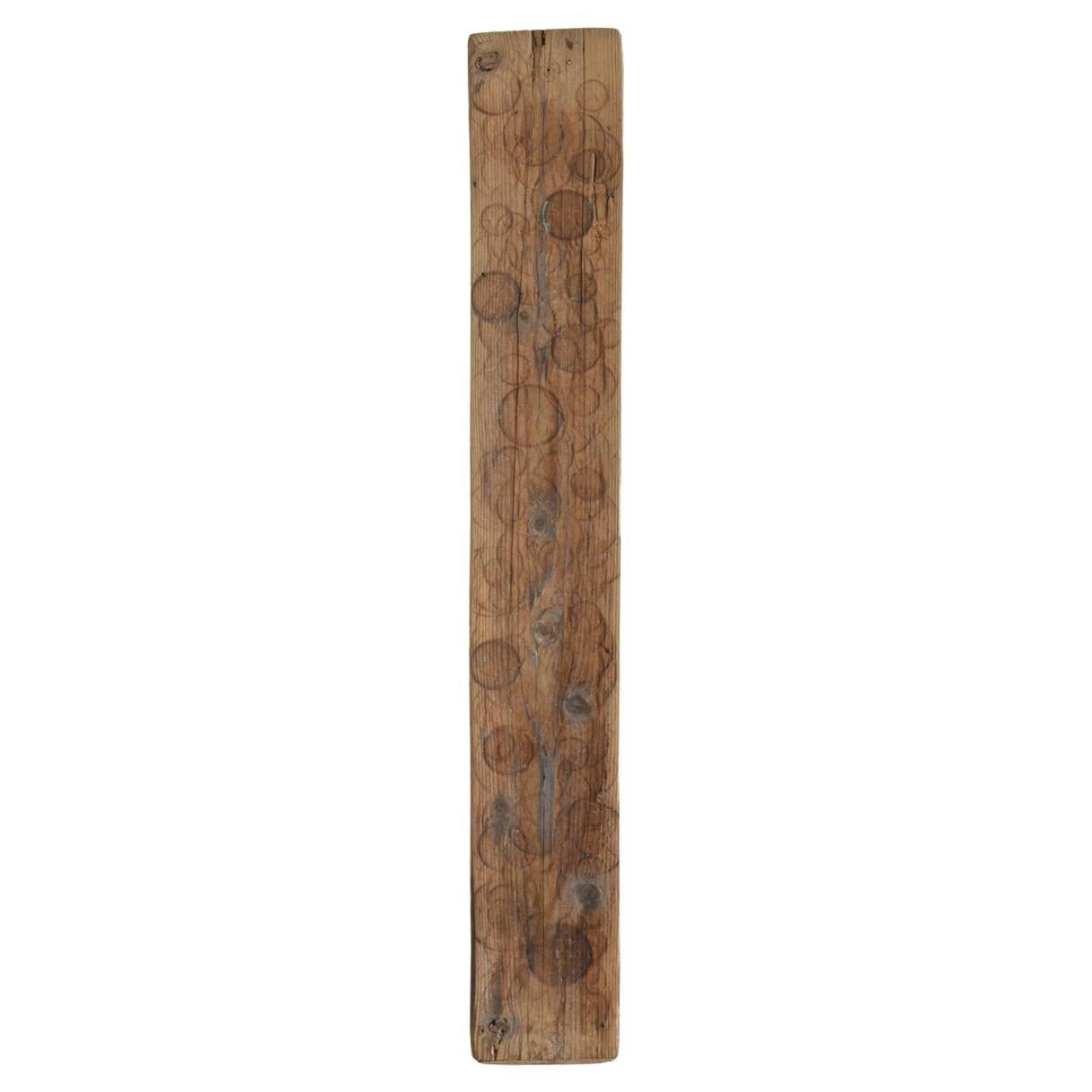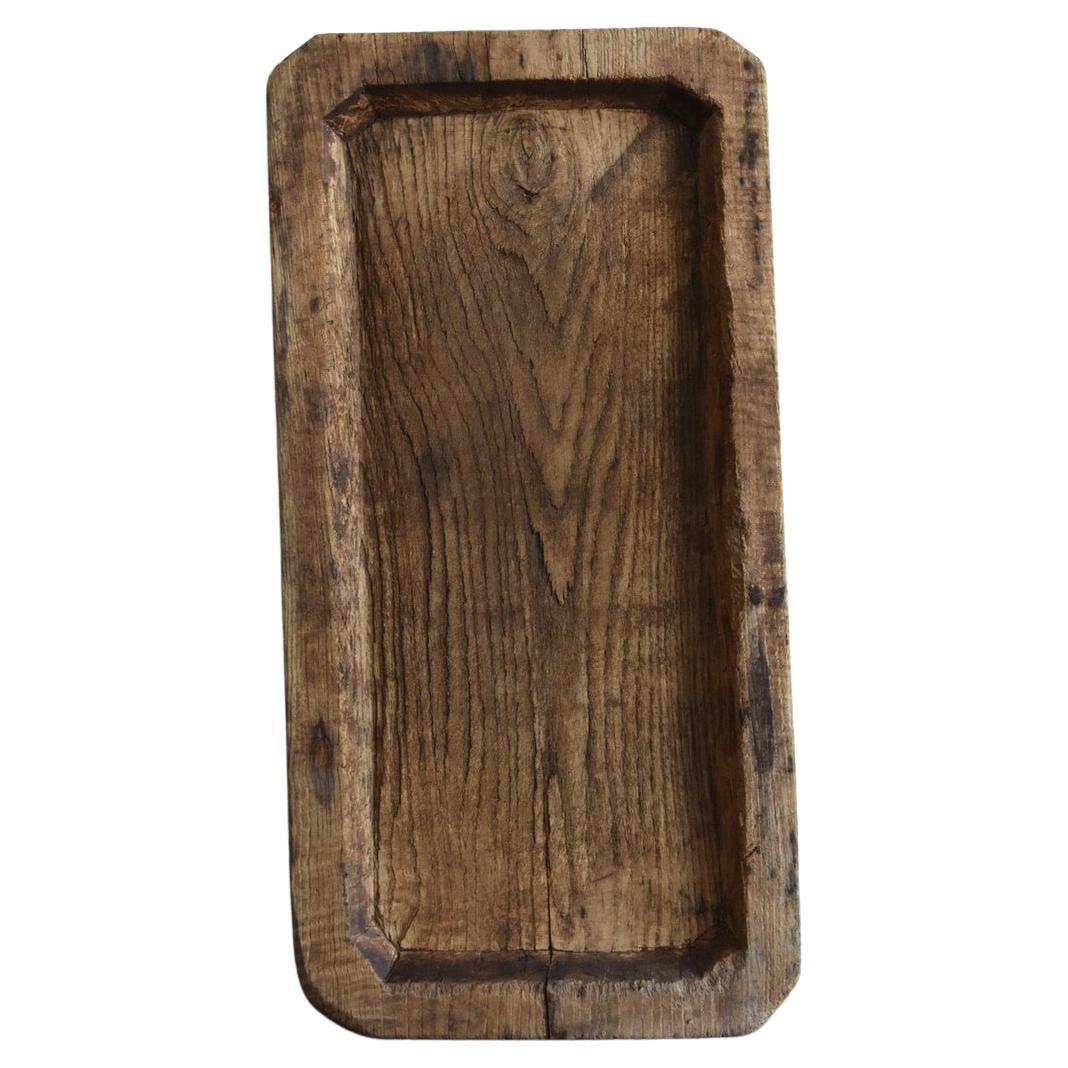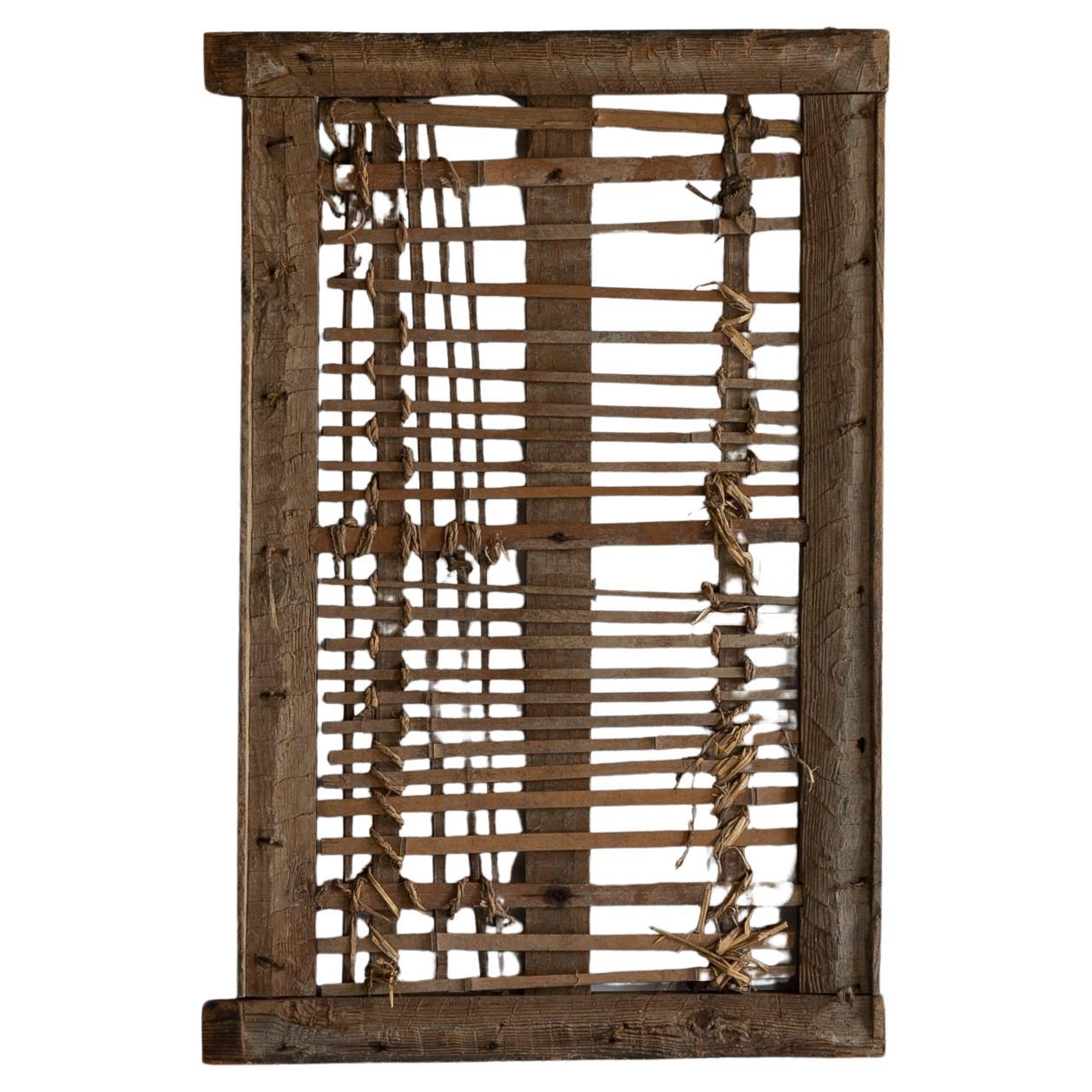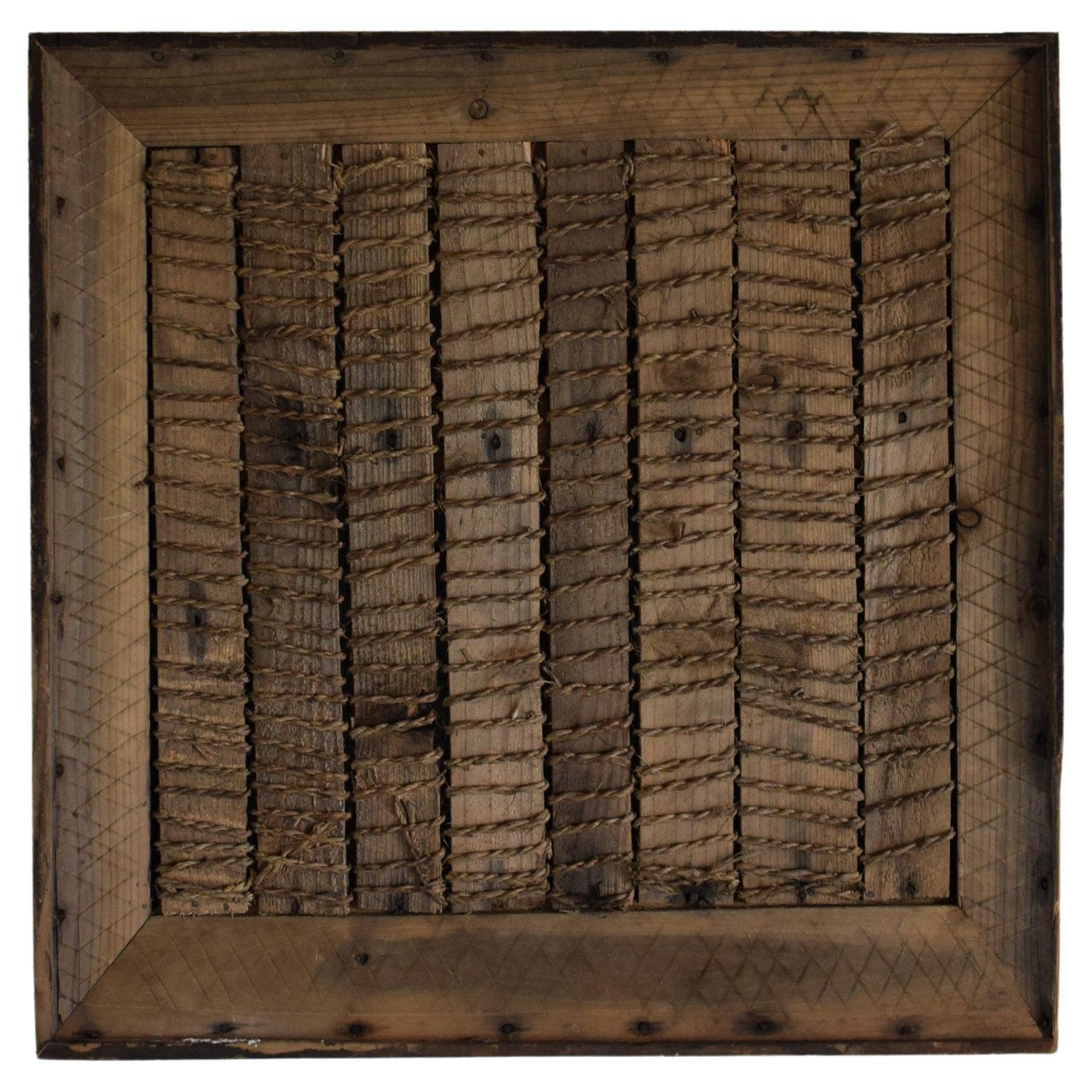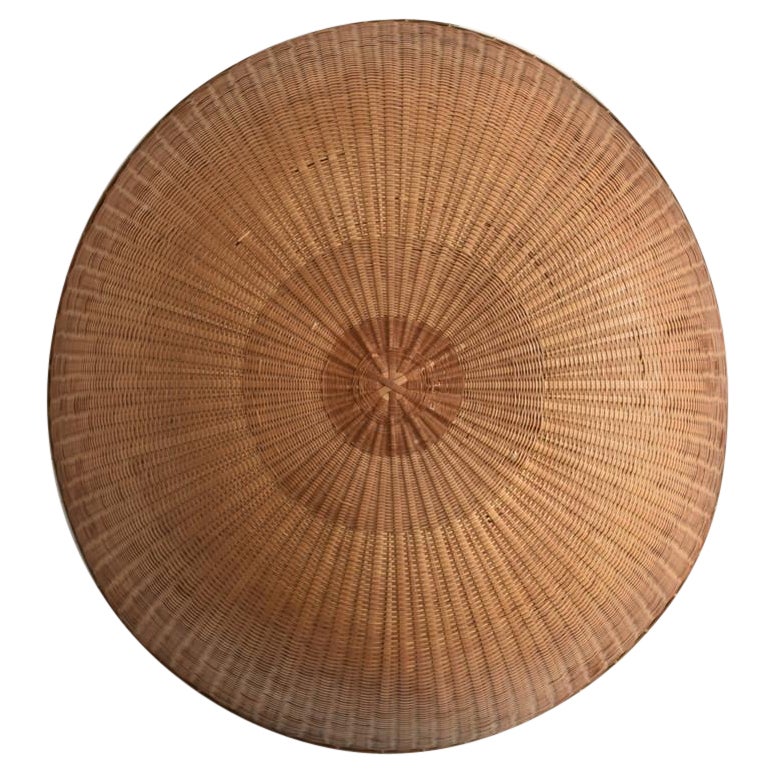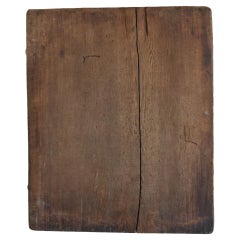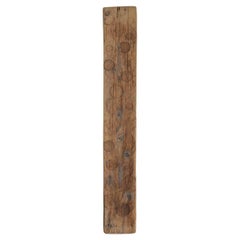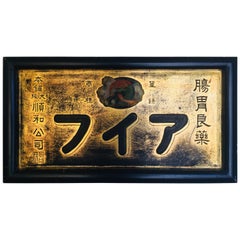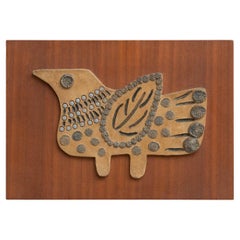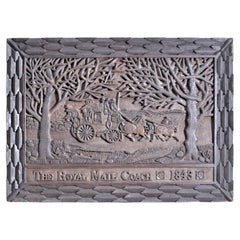
Japanese antique wooden wall board/1868-1920/Wabi-Sabi art/Low table
View Similar Items
Want more images or videos?
Request additional images or videos from the seller
1 of 21
Japanese antique wooden wall board/1868-1920/Wabi-Sabi art/Low table
About the Item
- Dimensions:Height: 39.65 in (100.7 cm)Width: 29.34 in (74.5 cm)Depth: 3.35 in (8.5 cm)
- Style:Meiji (Of the Period)
- Materials and Techniques:Cedar,Woodwork
- Place of Origin:
- Period:
- Date of Manufacture:1868-1920
- Condition:Repaired: In the upper right corner, the part that was once broken has been glued back together. Since it is an old item, the square rod used to prevent warping has moth-eaten marks.
- Seller Location:Sammu-shi, JP
- Reference Number:1stDibs: LU5487239287642
About the Seller
5.0
Platinum Seller
These expertly vetted sellers are 1stDibs' most experienced sellers and are rated highest by our customers.
Established in 2015
1stDibs seller since 2020
1,107 sales on 1stDibs
Typical response time: 4 hours
More From This SellerView All
- Japanese Antique Wooden Wabi-Sabi Board/Wall Hanging Board/Table Top/1868-1912Located in Sammu-shi, ChibaIt is a very old Japanese work board. It is from the Meiji period (1868-1912). It was used in ordinary houses and farms. The material is chestnut. It weighs 19.5kg and is heavy. Th...Category
Antique Late 19th Century Japanese Meiji Decorative Art
MaterialsChestnut
- Japanese Antique Wabi Sabi Wooden Board 1860s-1900s / Abstract Art Low TableLocated in Sammu-shi, ChibaThis is a very old Japanese work board. It was made during the Meiji period (1860s-1900s). It is made of cedar wood. It was originally a work board for kneading wheat. Through years...Category
Early 20th Century Japanese Meiji Decorative Art
MaterialsCedar
- Antique Work Board Used by Japanese Craftsmen/1868-1920/Wabi-Sabi Wall PaintingLocated in Sammu-shi, ChibaIf you want something special, we recommend purchasing items selected by Brood. We sell carefully selected old Japanese items. I've seen tens of thousands of items so far. Based o...Category
Antique Late 19th Century Japanese Meiji Paintings
MaterialsCedar
- Japanese antique Rustic Board/1868-1920/a Board like an Abstract PaintingLocated in Sammu-shi, ChibaThis is a work board made in Japan around the Meiji period to the early Taisho period (1868-1920). The material is willow. It is a tool that was used in areas around Kita Kanto Tochi...Category
Antique Late 19th Century Japanese Meiji Decorative Art
MaterialsChestnut
- Japanese Antique Door "Wall Decoration" 1860s-1900s / Abstract Art Wabi SabiLocated in Sammu-shi, ChibaThis was a very old Japanese warehouse (kura) window sliding door. It was made during the Meiji period (1860s-1900s). The frame is made of cedar wood and the lattice is bamboo. It w...Category
Early 20th Century Japanese Meiji Decorative Art
MaterialsBamboo, Cedar
- Japanese Antique Door "Wall Decoration" 1860s-1900s / Abstract Art Wabi SabiLocated in Sammu-shi, ChibaThis was a very old Japanese warehouse (kura) window sliding door. It was made during the Meiji period (1860s-1900s). The frame is made of cedar wood and the lattice is bamboo. It w...Category
Early 20th Century Japanese Meiji Decorative Art
MaterialsBamboo, Cedar
You May Also Like
- Kanban, Japanese Shop Sign, Meiji Period, 1868-1912Located in Camden, METhis 19th century Japanese Pharmacy sign advertises a popular stomach medicine, Aifu from the Juwa Co. in Osaka. The hand-painted registered trademark of the world looking through bi...Category
Antique 19th Century Japanese Meiji Lacquer
MaterialsLacquer
- Brutalist Ceramic Artwork on a Wooden Wall Board, circa 1960Located in Barcelona, BarcelonaCeramic hand painted artwork of a bird on a wooden wall board, circa 1960. Framed. In original condition, with minor wear consistent of age and use, preserving a beautiul patina.Category
Vintage 1960s Spanish Mid-Century Modern Decorative Art
MaterialsCeramic
- Antique Carved Folk Art Wooden Wall Hanging Commemorating The Royal MailLocated in Hamilton, OntarioThis large antique folk art hand carved wall hanging is unsigned but presumed to have been made in England in circa 1880 in the Victorian style. The wall sculpture commemorates the Royal Mail stagecoach which was used for long distance mail delivery in the mid-1800s. The carving is very intricately executed and depicts the Royal Mail coach...Category
Antique Late 19th Century English Folk Art Sculptures and Carvings
MaterialsWood
- Antique Wooden Friezes also for Wall LampsLocated in Alessandria, PiemonteO/5834 - Pair of thin antique wooden friezes with golden berries. It's not easy to find these antique friezes because they are always broken or w...Category
Antique Mid-18th Century Italian Beaux Arts Decorative Art
MaterialsFruitwood
$655 Sale Price / set20% Off - Japanese Black Red Gold Handcrafted Brocade Silk Wall Decorative ArtLocated in Takarazuka, JPExtraordinary Japanese contemporary captivating highly collectible oshie decorative art piece with a three-dimensional effect, a Japanese traditional decorative art with a “yoroi” or “samurai armor” design in red, black and gold. It depicts an extremely intricate and highly decorated Japanese armor, and demonstrates the Fine materials and the attention to details that go into creating oshie wall decorations. The artist has used exquisite antique silk brocades and silk to recreate this exceptional piece in oshie form. All of the geometric patterns in red on the side and the bottom of the yoroi, and all the intricate details in red throughout, are the result of an extremely time-consuming process of painstakingly wrapping red silk thread around blocks covered with thick black kimono fabric, making sure they are tightly aligned to create perfect squares, rectangles and lines. “Oshie” (literally, “pressed pictures”) is a traditional Japanese art form dating back to Edo period (1603-1868), and is said to have been born of the reluctance of ladies of the court to discard the magnificent silk kimonos and brocaded obi they have donned for a life time. The solution was to transform these opulent fabrics into stunning works of art. The frame is not included. Oshie resembles a carefully crafted jigsaw puzzle consisting of numerous pieces of kimono fabric padded with slightly varying thickness of cotton and painstakingly glued and ironed together to create an incredible three-dimensional picture. Highly detailed oshie contain hundreds of tiny pieces that are expertly aligned to express subtle gradations of color and pattern, as well as light and shade. In the final process, the details are characterized by painting and shading, and facial features are painted in miniature-like exactitude. Yoroi is armor worn by high-ranking samurai on horseback in Japan’s feudal age. Its box shape and the heavy weight due to the decorations did not allow much movement. Yoroi is covered with hundred of small iron or leather scales laced together using leather cords or braided silk. Differences in color, design and lacing served as identifying markers for individual clans. “Kabuto” or “helmet”, one of the yoroi components, served to protect and to impress. Like yoroi, it was decorated with colorful scales, and was often adorned with a family crest and wooden or deer horns. This breathtaking Oshie piece is the work of a life-long oshie artist who prides herself in the selection of the best available antique and vintage kimono and obi fabrics...Category
21st Century and Contemporary Japanese Meiji Decorative Art
MaterialsGold
- 1900s French Wooden Black BoardLocated in High Point, NCA wooden black board from France, produced circa 1900. Stretching four feet wide and standing nearly as tall, this scholastic rectangle will stir memories ...Category
Antique Early 1900s French Decorative Art
MaterialsWood
